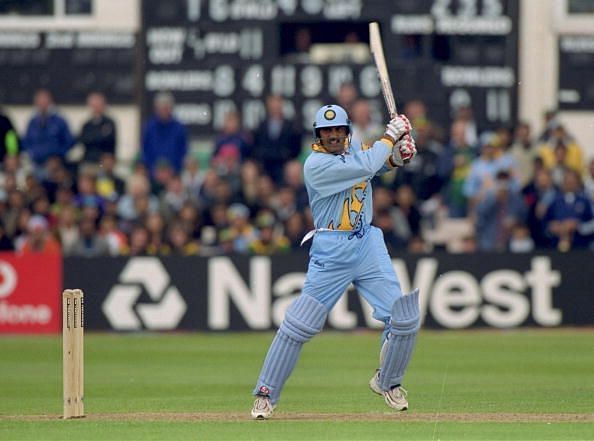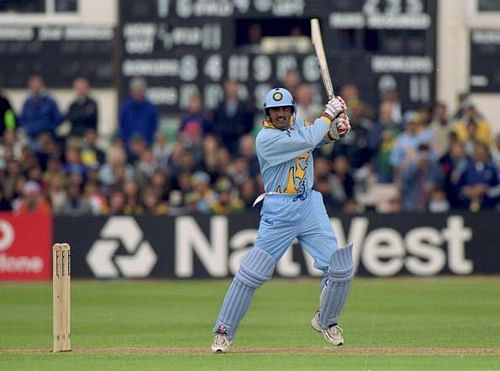
Azhar: The artist that wasn't

A fast bowler bowls a ball wide of off stump and a tall batsman gets on his toes and nonchalantly flicks the ball towards mid-wicket boundary. This is a stuff of an artist who paints with a cricket bat in his hand, but, these visuals are no longer on display.
This artist called Azhar no longer plays the game, the game he decorated with his artistic stroke-making and allegedly let down with allegations of fixing. But, as they say, a piece of art is a joy forever.
His wristy flicks still remain in the minds of kids who grew up during the 90's. Almost all of them tried their hand at playing those flicks during their gully cricket stints, often failing to replicate them. It's a nostalgia which has been robbed from those kids who are grown-ups now and crave for that batting delicacy.
He could play blistering cover drives with a closed bat face, how he used to pull them off, still remains a mystery in the minds of those who feasted on his batting.
He was never the most consistent batsman, but the day he used to score runs, it used to feel like a spell of rain in the middle of peak summer of Delhi.
English people were awestruck with his wristy masterclass with the bat after he scored three centuries in his first three test matches in England. John Woodcock, the famous English cricket writer wrote: "it's no use asking the Englishmen to bat like Azhar, it would be like expecting a greyhound to win the Epsom Derby". Such a pleasure it was to eyes when he was in his elements.
During the days when India was a poor chasing side in one-day internationals, Azhar was one man who used to be an exception, he took India across the finishing line on many occasions, without ever resorting to slogging, which perhaps was too ugly for the artist in him. His 62 ball hundred was a world record for many years.
Nowadays Indian team boasts of having some world class fielders but at times its painful to see that the man who started the trend never gets a mention. His artistry was not limited to wood, he could do the magic with bare hands, those backhand flicks which so often caught batsmen short of the crease and those low catches he used to pluck few inches above the ground, that too nonchalantly. A supremely confident fielder who took slip catches with such fluidity like he was signing a check.
Whenever there is a mention of Azhar there is a semblance of an unfinished business, which would not have been the case, had he retired ceremoniously. The number of test matches played by Azhar is 99, this number in itself tells you that something was left mid-way.
The artist might have gone into the state of oblivion but the piece of art remains and will remain forever. The beauty of history is you cannot erase it, at least not from the minds of those who witnessed it.